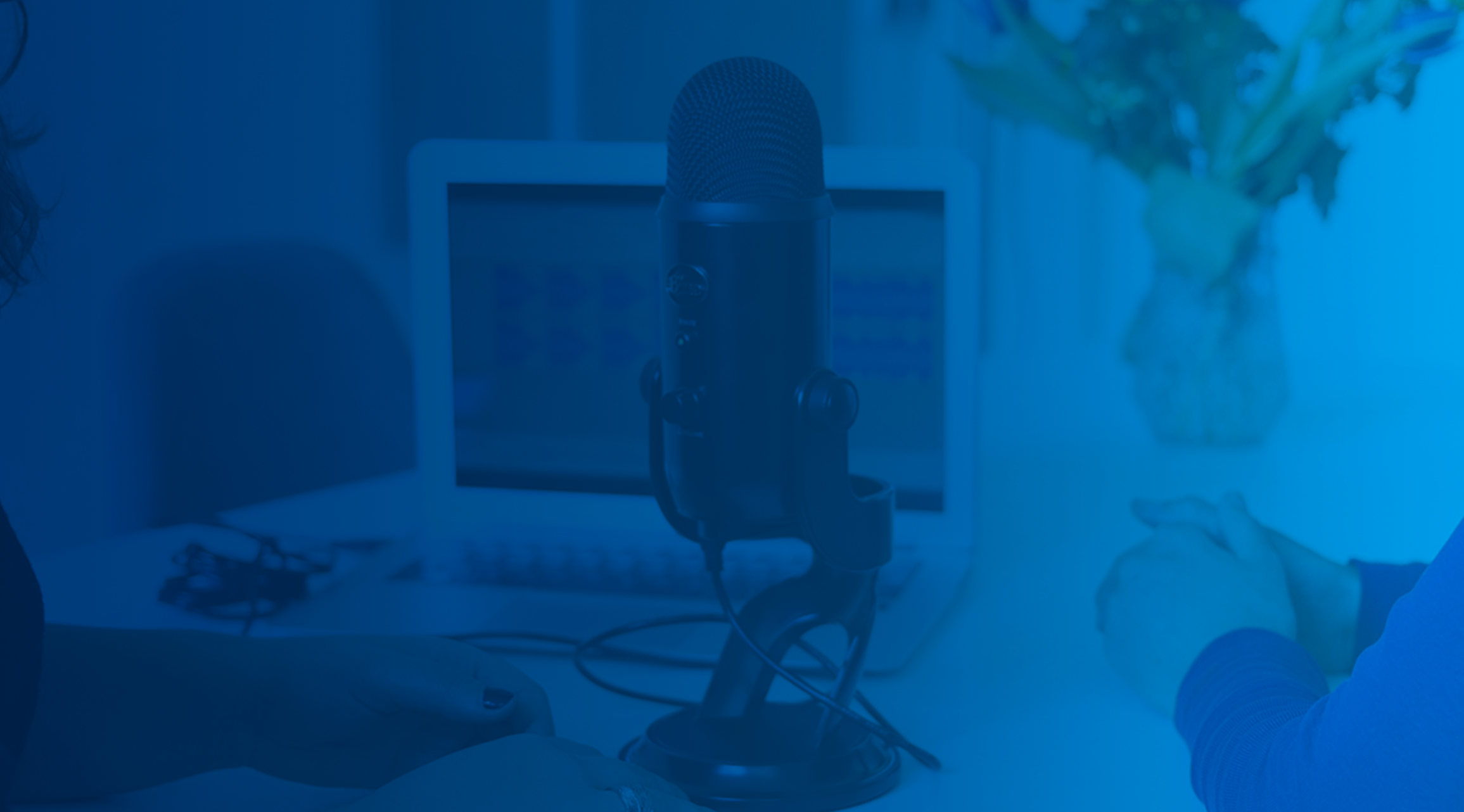
An Executive’s Guide to Acing Media Interviews
Whether you’re a top executive or an expert in your field, acing media interviews is essential for establishing a positive...
Whether you’re a top executive or an expert in your field, acing media interviews is essential for establishing a positive public image, securing future thought leadership opportunities, and reinforcing your company’s most important brand messages. In this blog post, we’ll provide valuable insights into what journalists are looking for in media interviews, discuss common interview challenges, and offer specific interview tips for executives.
What journalists are looking for in media interviews
As the news landscape becomes even more competitive, journalists are looking for new ways to inform and engage their readers. This means they seek unique perspectives when interviewing spokespeople. Offering a distinctive and authentic perspective that challenges prevailing media narratives will likely attract more attention from reporters. Incorporating these insights into your interview strategy can help ensure that your message stands out and resonates with journalists and their audiences.
In addition, journalists value spokespeople who can simplify complex topics. This means removing all jargon in press interviews. Using colorful analogies to explain the significance of a complex topic or issue can be particularly helpful in making your message accessible and engaging to a wider audience.
Journalists require spokespeople to be well-versed in the topic at hand, which means deeply understanding the subject matter, including relevant facts, figures, and trends. To meet this requirement, stay up-to-date on industry news, research, and breaking developments. Also, be prepared to provide detailed explanations, examples, and context during interviews to establish credibility and demonstrate expertise.
Journalists are drawn to spokespeople who bring the story to life in a genuine way. It’s critical to sound authentic rather than rehearsed or robotic. This means speaking naturally as if you’re having a conversation with a friend or family member. Avoiding overly technical jargon or marketing speak can also help you sound more relatable. Instead, use everyday language and illustrate your points with colorful anecdotes.
Common interview challenges
Even the most seasoned professionals can face challenges during media interviews. First and foremost, nervousness and stage fright can undermine your ability to deliver your messages effectively. It’s essential to manage your anxiety through preparation and practice. Additionally, staying on message can be difficult, especially when faced with probing questions or tangential topics. Anticipating potential challenges and having a plan in place will help you stay focused and articulate. Lastly, handling difficult or unexpected questions requires composure and a strategic approach. You can navigate challenging interview moments with poise by staying calm, listening attentively, and addressing concerns directly.
Preparing for the interview
When preparing for an interview, it’s beneficial to first approach it from a journalist’s perspective. Begin by researching the journalist and their publication to gain insight into their audience and reporting needs. For example, if you’re engaging with a journalist who covers venture capital with a special focus on the biotech industry, you can infer that their readers likely include VC partners investing in biotech, as well as founders and executives from biotech companies. After you understand their audience and what matters to them, carefully review the reporter’s coverage to understand the underlying themes in their reporting. For instance, when profiling emerging startups, what are the key areas they focus on? Do they dive into the business model, founding story, what’s driving the VC funding, and is news always required? Beyond understanding the audience and reporting themes, it’s also important to research the reporter’s personal interests, as finding genuine personal connections can help build natural rapport. Understanding these aspects will not only help you strategically tailor your messages but also build valuable relationships with reporters.
Following the research phase, you will need to familiarize yourself with the interview topic and gather key facts, timely data, and relevant examples. This step is important for adding depth to your responses and ensuring they are well-informed. Start by reading the latest news pertaining to the interview topic. Next, consider the reporter’s audience interests and reporting styles and tailor your messaging accordingly. From there, gather key data points to add further credibility to your line of messaging. This is especially effective when the data demonstrates a specific pain point or market need that aligns with your messaging. If relevant, sprinkle in colorful customer examples or share insights from your ecosystem, as appropriate.
Crafting key messages
Ahead of the interview, it’s essential to identify the core talking points you want to convey in conversation with a reporter. Reporters are looking for the three C’s in spokespeople responses—color, customization and conflict.
Color: Use memorable and vivid anecdotes or analogies to illustrate your points effectively. For example, make a company overview rich and memorable by leading with an impactful customer story that illustrates the pain your company is solving and why it’s essential now. You will also want to consider keeping a customer story list on file to reference in future media interviews.
Customization: Tailor your messages based on the reporter’s beat and audience needs. Understanding their perspective and tailoring your language and examples accordingly can make your presence more impactful in media interviews. For example, you can pinpoint and share localized customer examples in interviews with local reporters or local broadcast stations.
Conflict: Address the conflict in the story. Acknowledge existing market challenges and back this up with timely and relevant statistics. When addressing conflict in your company’s context, think of the challenges your company set out to solve and why it matters now. When answering why now, evaluate recent industry news that ties back to the existing conflict and reference it in your response.
After you’ve identified your key messages, practice your delivery and tone. In interviews, it’s important to maintain a steady conversation flow. You can achieve this by avoiding long-winded responses that may lose a reporter’s interest. Instead, aim for a conversational tone with a bit of banter to keep the interaction lively.
Body language, non-verbal communication and dressing the part
During your interview, pay attention to your body language, as this can impact how you are perceived by journalists. Maintaining eye contact with the reporter is important to show you are listening and paying attention. One trick is placing a red dot or sticker next to your computer camera. Staring at the red dot or sticker can help you focus and maintain perfect eye contact. You will also want to be conscious of your body posture, ensuring you are sitting or standing upright with an open posture. This means sitting or standing with your arms at your side and only using your hands when emphasizing important points.
Using appropriate gestures and facial expressions can help enhance your message. For example, nodding or smiling occasionally is only appropriate if it’s genuine. Don’t overdo it, or it can appear to be unauthentic.
It’s important to dress appropriately and ensure that the right background and lighting are set up before an interview. Wear colors that complement your features. Avoid wearing busy prints, white, black, or red for broadcast interviews. Blues and pastels look best on camera. Keep your backdrop simple and clean, and free of any clutter. Opt for a solid background featuring a piece of art, if possible. Imagine if a reporter were to snap a photo of you and the background – is it a photo you would be happy with?
Handling difficult questions
When faced with difficult questions in an interview, it’s important to handle them with care. Start by listening carefully to the question, making sure you fully understand it before responding. Take a pause if needed to gather your thoughts. If the question is particularly challenging, consider using the bridging technique to steer the conversation back to your key messages. For example, “Sure, some customers ask us that, but the most popular requested feature is…” Using the bridging technique will help you stay on message and maintain control in the interview.
Practicing and rehearsing
To prepare for interviews, start by working with your PR team and conduct mock interviews. These practice interviews can help you become more comfortable and confident. Using video recordings from media training sessions can also help you improve your performance by pinpointing areas of opportunity to address ahead of future interviews. Seeking feedback from trusted individuals can also help you further refine your media interview skills.
Mastering the art of media interviews is an ongoing process that requires practice, preparation, and continued learning. By understanding journalists’ expectations, overcoming common challenges, and implementing the provided interview tips, you can navigate media interviews and effectively communicate your message with confidence. Remember, building positive relationships with the media and maintaining a consistent presence will contribute to long-term success in media engagements for your brand. Embrace these opportunities, stay persistent, and watch your expertise shine through every media interview.
Results realized.
Discover how our aggressive, data-driven approach consistently drives business outcomes for organizations like yours.
Get in touch


